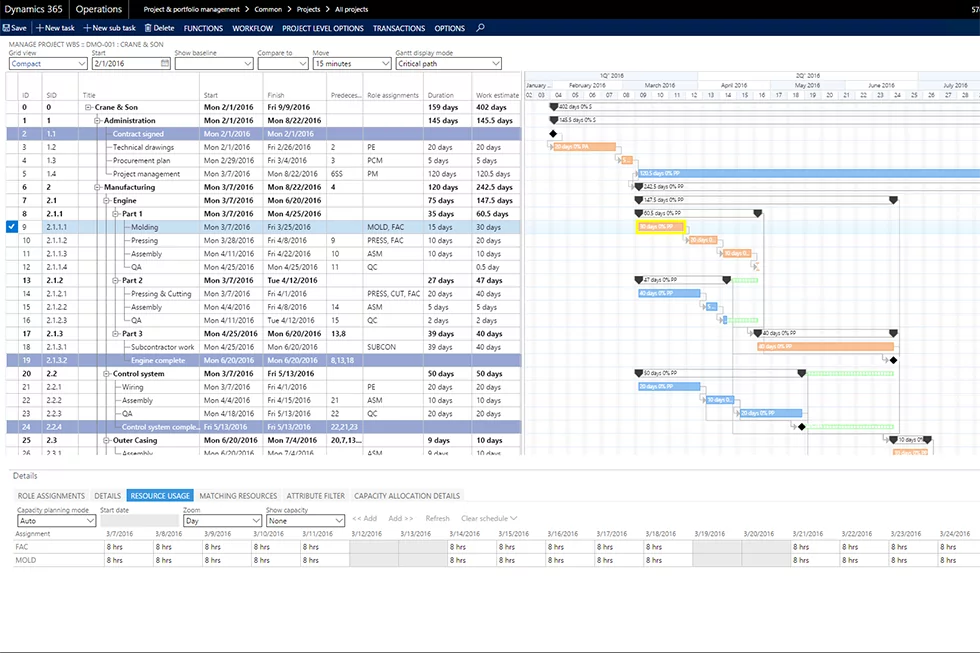
A Work Breakdown Structure (WBS) is a hierarchical outline of the tasks required to complete a project. The WBS “breaks down” the structure of a project into manageable deliverables. Each deliverable is assigned a task, or series of tasks that can be further broken down into subtasks to meet the needs of the project.
The advantage of using a WBS as part of project lifecycle management is that is takes large, complex projects and breaks them into smaller, more manageable tasks that can be assigned to specific people or teams to deliver.
The primary purpose of the WBS is too plan the schedule for the project. Each task duration is planned in conjunction with its required predecessors and following tasks. The WBS then provides an overall plan so that the project manager can see how the project should progress and manage the workflow appropriately.
Related: What is a Cost Breakdown Structure?
The parts of the WBS include:
The WBS is a central component of many project management tools, some PPM solutions offer a limited WBS as well. However a full operational WBS example is part of Project Business Automation, as it acts as the primary schedule against which all other activities and system operations are executed.
See How the Work Breakdown Structure in PBA Works
Eliminate standalone project management applications and the overhead needed to manage them.
To learn how a WBS should be integrated into the rest of your project processes and systems, Download the Project Business Automation Blueprint. It is the definitive guide to creating a comprehensive business system for your Project Business that ties together your project operations and financials seamlessly.
The WBS is an operational plan – what work will be done, how it will be completed and on what schedule. The Cost Breakdown Structure (CBS) is the financial plan of the project. Many companies use the WBS as their financial plan as well. However, this approach often leads to financial problems with the project. The WBS is far to granular to be able to manage costs effectively. Or, it can be far to general to get the right cost details and apply them to the appropriate general ledger areas.
The CBS is the answer. The CBS is linked to the WBS, but allows for a complete breakdown of the project for financial purposes, which enables effective project cost control and earned value analysis.
Find the Project Management Software that is best for your business. Try one of these tools and get started today!
ETO Software is a broad term that could be referred to different applications, namely either Engineer-to-Order (ETO) software or Efforts…
Clarizen was a collaborative work management software that was acquired by Planview.
EcoSys by Hexagon is a comprehensive Enterprise Project Performance (EPP) platform designed to provide control, efficiency, and profitability of projects.
Kantata is a cloud-based Professional Services Automation (PSA) solution specifically designed for agencies, professional services organizations, and consultants.
Planisware is a provider of cloud-based enterprise project portfolio management (PPM) software. Planisware Enterprise is its flagship product.
This website uses cookies.